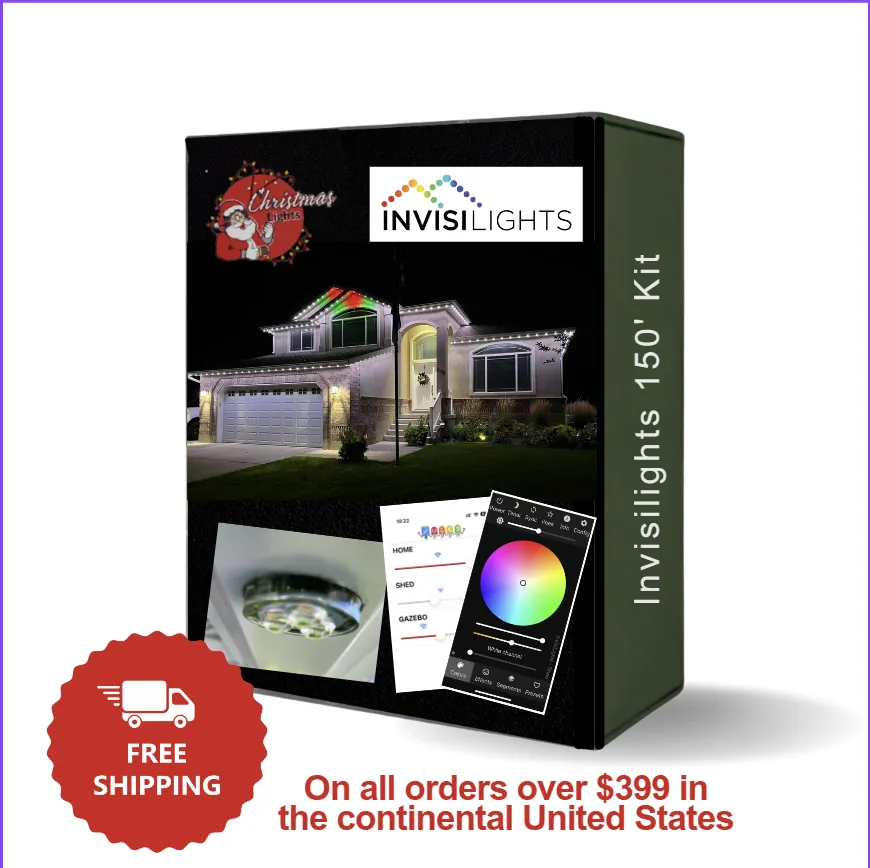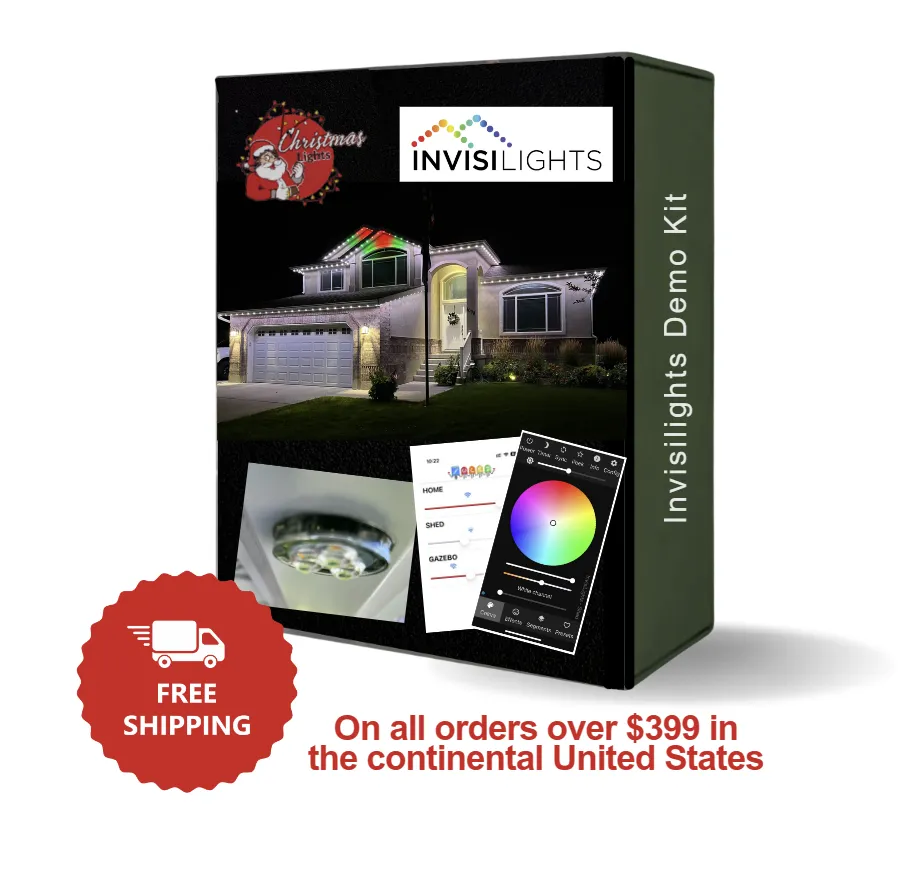Invisilights
Permanent Holiday Lighting
Customizable Lights for Any Event
WHAT YOU NEED TO KNOW BEFORE ORDERING
Total Linear footage of the installation.
This should include footage of lights and channel along with any Extensions or jumps you'll need to make
Where your controller box will be located
This is the most important step to planning out an installation, Without knowing where the controller will be you'll have no way to know the right materials to buy when it comes to extensions and accessories.
What Voltage system you want to use 24V or 36V
This is a decision you will make based on convince and efficiency, the most important factor with this will be the footage of each lighting run. If the total footage of a run is over 100' you'll need to either power inject on that run or switch to the 36V system that can go up to 200' before needing power injection.
Draw a Map
By mapping out the installation you'll be able to better understand and plan out the install giving you a better idea of what all you'll need to purchase to complete the job.
take the measurements from your map and add up the total number of materials you'll need.
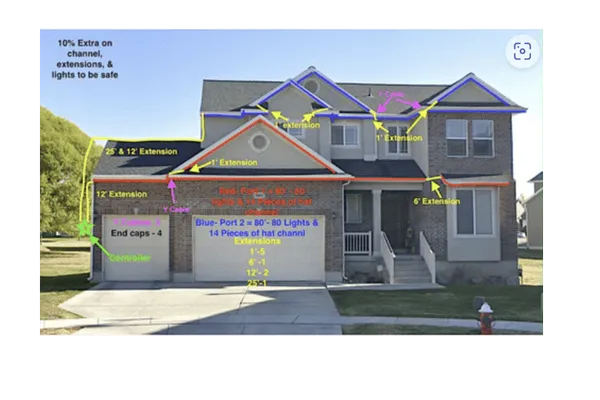
For the Map out example above the total material breakdown is:
System Voltage: 36V
Color of channel: Cameo
Channel Type: Hat
Total Lighted Footage: 160'
Power injection: NO
Controller: 1
Channel: 27- 6' sticks
Screws- 200
Lights: 175
1' extensions-7
6' Extensions-2
12' extensions-2
25- extensions- 1
Y Cables- 3
End caps- pack of 10
Absolute necessities
-Controller
-Lights
-Channel
-Screws
-Extension cables
Other Accessories
-Y Cable
-End Caps
- Signal boosters
-Power injection material
When would you need to power inject?
The controller will come with 3 outputs for your lighting runs, each 36V output can do a Max of 200', the 24V system can do a max of 100'. After that max you'll need to inject power. After you do so you can go an additional 100' with the 24V or 200' with the 36V system.
Power injection is needed due to voltage drop, voltage drop happens due to the length traveled away from the power source along with the gauge of the wire. due to the gauge of wire the lights and extensions run on it drops in voltage enough at 100' with the 24V system and 200' with the 36V system to effect the lights performance requiring a addition of power (Power Injection)
Materials needed for power injection 36V
Power injection pig female pig tale
Power injection Extension cables
Power injection T Cable.
Materials needed to Power inject 24V
16/2 - 12/2 Low voltage landscaping wire
Cut and Splice T cable
Water Proof Wire connectors
Discover the Transformative Power of Invisilights: Expertly Installed Permanent Lighting Solutions
Enhance your installation offerings with Invisilights, the premier permanent lighting solution designed for seamless integration into any property’s exterior architecture.
Crafted with high-quality aluminum channels and advanced LED technology, Invisilights delivers durability and superior energy efficiency—key selling points for your clients seeking long-lasting, cost-effective lighting solutions. Our system not only provides brilliant illumination but also boosts the aesthetic appeal and functionality of any home.
Offer your clients peace of mind with our robust 5-year warranty, ensuring reliable performance and minimal maintenance needs. This warranty supports your commitment to quality and customer satisfaction, making it easier for you to sell and install with confidence.
Our flexible, programmable system allows you to meet any client’s specific desires—from subtle accents to full-scale holiday displays—making it an adaptable choice for various applications. With Invisilights, you can cater to a wide range of preferences and needs, increasing your market reach and customer retention.
Choose Invisilights for your installations and add a transformative product to your portfolio that will impress clients and ensure your services remain in demand for years to come.
Frequently Asked Questions
What exactly comes in the 150' InvisiLights permanent outdoor lighting kit?
The InvisiLights kit is comprehensively equipped to ensure you have everything you need for installation. Each kit includes:
27 sticks of 6-foot Aluminum Channel to house and protect the lighting elements.
150 feet of dynamic RGBW LED Lights, which includes 23 sets of 6-count and 14 sets of 1-count lights, allowing for extensive coverage and diverse configuration options.
2 Data Boosters to enhance signal strength across the lighting installation, ensuring consistent control and color output.
A 320W Power Supply capable of supporting up to 190 puck lights, providing ample power for even the most extensive setups.
1 GFCI Outlet Adapter to ensure safe outdoor electrical connections.
1 Controller that allows you to manage and customize the lighting effects easily.
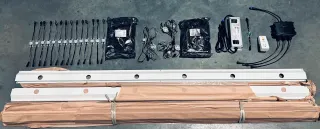
Will I need any additional components besides what's included in the Invisilights permanent lighting kit?
While the Invisilights kit comes with all the essential components for a standard installation, there are a couple of scenarios where you might need additional items:
Jumper Wires: Depending on the layout of your installation and the number of gaps or 'jumps' between the sections of lights, you may require jumper wires. These wires help bridge the gaps without losing the continuity of the light sequence, ensuring a smooth and uniform display across more complex architectures.
Data Boosters: If any section of your lighting setup is more than 15 feet away from the control box, additional data boosters will be necessary. Data boosters help maintain the integrity and brightness of the lights over longer distances, ensuring consistent performance throughout your installation.
Can I choose the color of the aluminum channel for my InvisiLights kit?
Yes, you can select your preferred color for the aluminum channel to match your home’s exterior or personal taste. Please make sure to specify your color choice in the notes at checkout when you place your order.
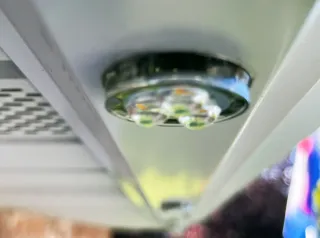
How do the included components of the InvisiLights kit enhance the lighting system?
Each component in the InvisiLights kit plays a crucial role in creating an effective and stunning lighting display:
Aluminum Channels: Provide a durable, weather-resistant housing for the LED lights, which helps in maintaining a clean and nearly invisible look during the day.
RGBW LED Lights: Offer vibrant, full-spectrum color and white light combinations, making it perfect for any occasion from festive holidays to elegant ambient lighting.
Data Boosters: Ensure that the signal remains strong across longer distances, which is crucial for larger installations.
Power Supply: Designed to efficiently handle the energy needs of the system without overload, ensuring safety and durability.
GFCI Outlet Adapter: Adds an extra layer of safety by protecting against electrical shorts and surges, particularly important in outdoor settings.
Controller: Provides the flexibility to customize and control the lighting sequences, colors, and patterns right from your smartphone or controller, adding convenience and advanced functionality to your lighting system.
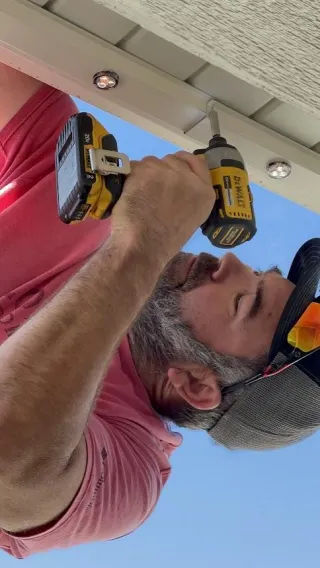
Can I use Invisilights year-round?
Absolutely! Invisilights are designed for versatile use throughout all seasons. Whether you're celebrating a special occasion, setting a mood for a party, Love your favorite sports team, or simply enhancing your home's ambiance, our lighting systems provide the perfect solution for any event, big or small.

Can I set timers and events for Invisilights?
Yes, Invisilights feature advanced programmable settings that allow you to schedule lighting for specific events and automate timers. This functionality ensures that your lighting preferences are perfectly aligned with your lifestyle, turning on and off at predetermined times without any manual intervention.

Is it possible to achieve warm or soft white with Invisilights?
Absolutely, Invisilights are equipped with RGBW technology, which includes a dedicated white LED alongside the standard red, green, and blue LEDs. This addition allows the system to produce authentic warm white, soft white, and various other shades of white with greater accuracy and intensity compared to traditional RGB systems. This capability ensures that you can effortlessly tailor the lighting to fit the desired ambiance and aesthetic of any environment, providing precise control over both vibrant colors and the subtlety of different white tones.
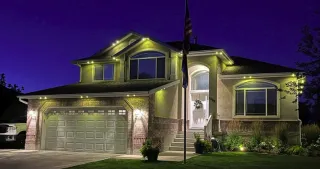
How do you ship your product?
Our products are shipped directly from our warehouse using reliable shipping carriers to ensure timely and safe delivery. Each product is securely packaged to prevent damage during transit, and we provide tracking information so you can follow your order’s journey to your doorstep.
Where are the controller and power supplies installed?
The controller and power supplies for Invisilights are typically installed in an accessible location such as a garage or utility room. These components connect to your home’s WiFi network, allowing seamless control over the lighting system via our user-friendly mobile app.
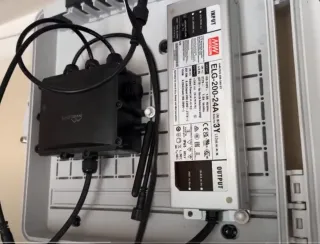
How long do Invisilights last?
Invisilights are engineered to last, with each LED bulb boasting a lifespan of over 50,000 hours. Given a typical usage of 10 hours per night, this translates to approximately 5,000 nights. This means your Invisilights could illuminate your home's exterior for nearly 14 years under these conditions, ensuring that your investment not only adds beauty but also long-term value to your property.

Are Invisilights dimmable?
Yes, all Invisilights are fully dimmable. This feature allows you to adjust the intensity of the light to suit various occasions, from a soft glow for a romantic evening to bright, vibrant colors for a festive celebration.

What types of custom channels are available?
Invisilights offers two types of custom channels, available in 40 different colors, ensuring a nearly invisible installation. These channels are designed to blend seamlessly with your home’s architecture, providing discreet yet effective lighting.

Can I control different zones independently?
Yes, the Invisilights system supports multiple zones which can be controlled independently or synchronized. This functionality allows for intricate lighting designs that can vary across different areas of your home, enhancing the overall impact and utility of your installation.
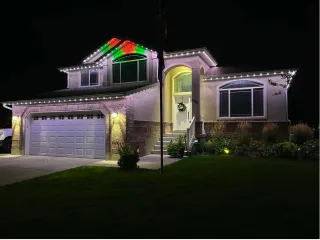
What is outdoor permanent lighting?
Permanent lighting refers to architectural-grade lighting systems that are installed permanently on your property to provide year-round illumination.
How does permanent lighting differ from traditional holiday lighting?
Unlike traditional holiday lighting, which is typically temporary and used only during specific seasons, permanent lighting is installed once and can be used throughout the year for various occasions
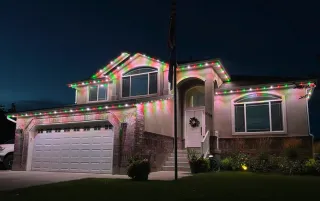
Discover Expert Tips on Our Blog
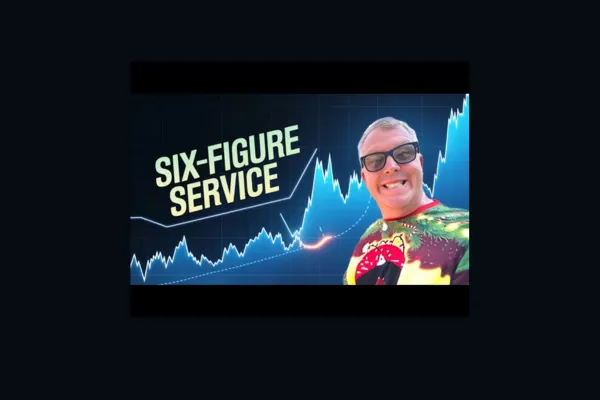
Six Figure Service Business Growth Decoded
Running a successful service business requires more than just technical expertise—it demands strategic thinking, consistent action, and the right systems to scale effectively. Whether you're in the pressure washing, Christmas lights installation, or any other service industry, the fundamentals of business growth remain remarkably consistent across sectors.
This comprehensive guide covers the most critical aspects of building and scaling a service business, from navigating Google My Business challenges to implementing effective customer acquisition strategies that actually drive results.
Protecting Your Google My Business Profile: Critical Compliance Issues
The Growing Threat of Suspensions
Google My Business suspensions are becoming increasingly common, and many business owners are caught off guard when their profiles suddenly disappear. Understanding Google's requirements and staying compliant is essential for maintaining your online presence and avoiding costly disruptions to your lead generation.
Recent cases have highlighted several critical compliance issues that frequently trigger suspensions. One of the most common problems involves business name inconsistencies between your Google My Business profile and official state registrations. When your LLC is registered under one name but your Google profile uses a different name (even with a DBA), Google's algorithms may flag this as suspicious activity.
Business Address and Service Area Requirements
Google has become increasingly strict about service-based businesses using home addresses as their primary business location. If customers don't actually visit your location for services, Google requires you to set up your profile as a service-area business rather than listing a physical address where customers can visit.
Additionally, operating multiple Google My Business profiles from the same location can trigger automatic suspensions. This is particularly problematic for entrepreneurs running multiple service businesses from a single office or home-based location.
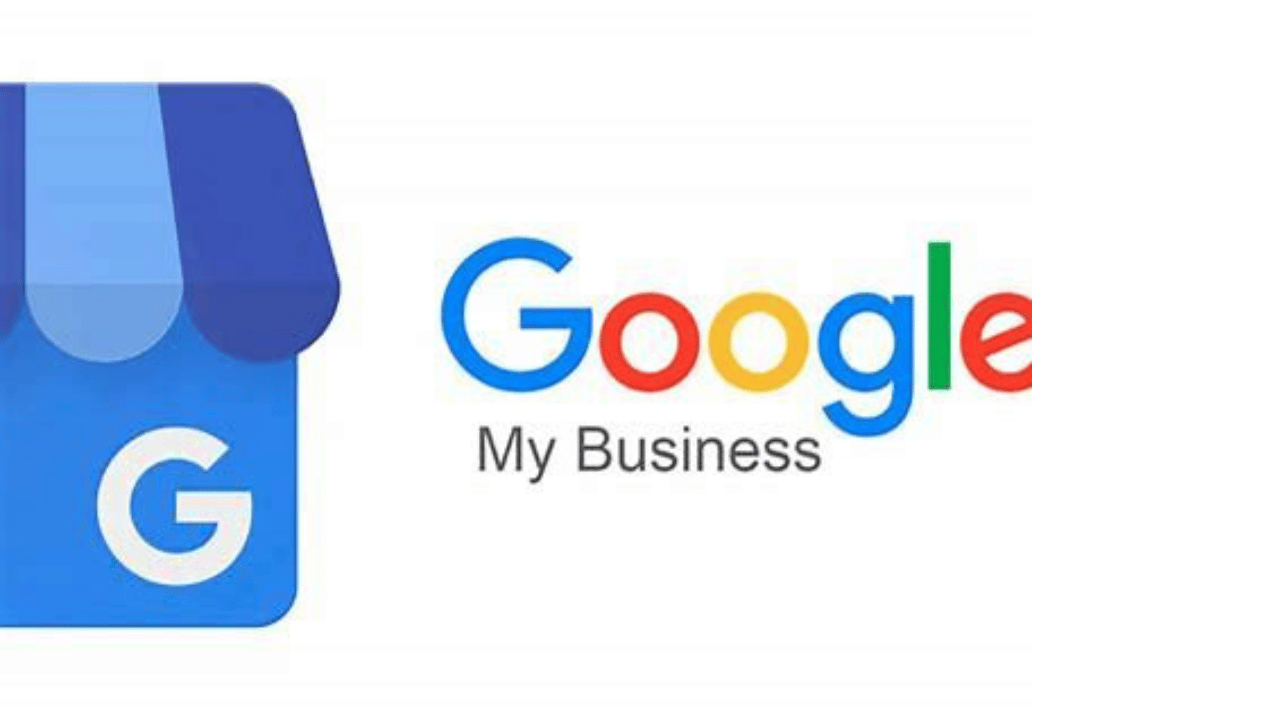
The LLC vs DBA Dilemma
While using a DBA (Doing Business As) might seem like a cost-effective way to operate multiple business lines, Google's verification systems are increasingly sophisticated at detecting discrepancies between your official business registration and your online presence. The safest approach is establishing separate LLCs for distinct service lines, even though this requires additional paperwork and potentially separate tax identification numbers.
This approach provides long-term protection for your business profiles and prevents the complications that arise when Google's algorithms detect inconsistencies in your business documentation.
Strategic Use of Virtual Assistants in Service Businesses
Understanding VA Capabilities and Limitations
Virtual assistants can provide tremendous value for service businesses, but success depends on understanding their optimal use cases and limitations. The most effective applications for VAs typically involve tasks that don't require direct customer interaction or deep local market knowledge.
Video editing represents one of the highest-value applications for virtual assistants, particularly for businesses investing in content marketing. VAs can handle time-consuming editing tasks while business owners focus on content creation and strategy development. Social media management is another area where VAs excel, provided they receive detailed guidelines about posting schedules, content types, and brand voice.
However, customer-facing activities should generally remain in-house or with local team members. VAs may lack the local knowledge, cultural understanding, and communication skills necessary for effective customer service, especially in service industries where trust and rapport are critical for closing sales.
Implementation Best Practices
Successful VA relationships require detailed systems and regular communication. Rather than providing vague instructions like "post five times daily," effective delegation involves creating step-by-step processes that specify exact posting times, content sources, formatting requirements, and approval workflows.
Regular check-ins are essential for maintaining quality and alignment. Scheduling brief conversations three to five times per week ensures VAs stay on track and allows for quick course corrections before small issues become significant problems.
The rise of AI tools is changing the VA landscape significantly. Many tasks traditionally handled by virtual assistants—from content creation to basic video editing—can now be accomplished more efficiently using AI platforms. Smart business owners are evaluating which tasks truly require human creativity and judgment versus those that can be automated entirely.

Mastering Cold Calling: Frameworks That Generate Results
Building Targeted Prospect Lists
Effective cold calling begins with identifying the right prospects and obtaining accurate contact information. For service businesses targeting commercial clients, industry associations provide excellent starting points for building prospect databases.
Apartment associations, property management companies, and commercial real estate organizations often publish member directories that include contact information for decision-makers. While membership fees (typically $500-$1000 annually) might seem expensive, access to these databases can generate substantial returns when used strategically.
LinkedIn serves as another powerful prospecting tool, particularly for identifying property management companies that oversee multiple locations. Rather than cold calling individual properties, targeting management companies allows you to reach decision-makers who control multiple potential job sites.
Relationship-Building vs. Direct Sales Approaches
The most successful cold calling strategies focus on relationship building rather than immediate sales pitches. Instead of opening with service offerings, effective callers lead with genuine compliments, relevant observations, or industry insights that demonstrate expertise and build rapport.
The goal is getting past gatekeepers and establishing credibility with decision-makers. This requires understanding the prospect's challenges, demonstrating industry knowledge, and positioning yourself as a valuable resource rather than just another vendor seeking work.
Building trust through initial conversations creates opportunities for future business, even when immediate needs don't exist. Many successful service businesses generate their highest-value contracts from relationships developed through patient, value-focused outreach efforts.
The Three Pillars of Customer Acquisition
Yard Signs: The Underestimated Powerhouse
Despite their unglamorous appearance, yard signs consistently deliver some of the highest returns on investment for local service businesses. Businesses generating millions in annual revenue continue using yard signs because the mathematics are compelling—often producing 10x to 20x returns compared to other marketing channels.
The key to yard sign success lies in consistent deployment and strategic placement. Rather than putting out signs sporadically, successful businesses treat yard sign placement as a systematic weekly activity. Some operators deploy 100+ signs weekly, treating each sign as a specific ROI-generating asset.
Effective yard signs follow simple design principles: clear service identification, large phone numbers, and minimal text. The goal isn't creating artistic masterpieces—it's generating phone calls from qualified prospects who need your services.

Digital Foundation: Website and Social Media Integration
While yard signs drive immediate response, your digital presence provides the credibility and information prospects need to convert into customers. This includes an optimized website, active social media profiles, and a robust Google My Business presence that work together to build trust and demonstrate expertise.
Your website serves as the central hub where prospects verify your legitimacy and evaluate your capabilities. High-quality photos of completed projects, clear service descriptions, and prominent contact information help convert interest into inquiries.
Social media platforms extend your reach and provide ongoing touchpoints with potential customers. Regular posting keeps your business visible in local feeds while demonstrating activity and expertise to prospects researching your services.
Paid Advertising: Strategic Investment for Scalability
Paid advertising represents the third pillar of customer acquisition, providing scalable lead generation when implemented correctly. For Christmas lights businesses, Facebook advertising often produces excellent results due to the visual nature of the service and seasonal purchasing patterns.
Pressure washing and other year-round services typically see better returns from Google Ads, where prospects are actively searching for solutions to immediate problems. The key is matching your advertising platform to customer behavior patterns and search intent.
Effective paid advertising requires ongoing optimization and budget management. Start with modest investments to test messaging and targeting before scaling successful campaigns to higher spending levels.
Surviving and Thriving During Slow Seasons
Commercial Contract Development
The most effective strategy for maintaining revenue during slow residential periods involves developing commercial relationships during busy seasons that can provide steady work during slower months. This requires thinking ahead and building relationships before you need the work.
Commercial contracts often involve longer sales cycles but provide more predictable revenue streams and higher-value projects. Property management companies, apartment complexes, and commercial facilities require ongoing maintenance that can keep crews busy when residential demand drops.
Joining relevant trade organizations and attending industry events provides access to commercial decision-makers and keeps your business visible when budgeting decisions are made. The investment in membership fees and networking time typically pays substantial returns through contract opportunities.

Service Diversification Strategies
Adding complementary services can help smooth seasonal revenue fluctuations while leveraging existing customer relationships and equipment investments. However, diversification requires careful consideration of profitability, skill requirements, and market demand.
Some service businesses successfully add deck cleaning and staining during slower periods, though this requires developing specialized expertise and managing different equipment needs. The key is choosing additions that complement core services without creating operational complexity that reduces overall profitability.
Building customer databases and maintaining regular communication allows you to promote seasonal services to existing clients who already trust your work quality. Text messaging and email campaigns can generate immediate responses when offering limited-time services or availability.
The Psychology of Business Success: Mindset and Action
Overcoming Limiting Beliefs About Pricing
Many service business owners significantly undervalue their services due to limiting beliefs about what customers will pay or what their market can support. These mental barriers often prevent businesses from achieving their full potential and create unnecessary struggle in building profitable operations.
Successful businesses regularly test higher pricing levels and are often surprised by customer acceptance of premium rates. The key is understanding that price resistance frequently reflects poor positioning or value communication rather than actual market limitations.
Premium pricing requires confidence and the ability to articulate value clearly. When you can demonstrate superior results, reliability, or service quality, customers often prefer paying more for certainty rather than gambling on lower-priced alternatives.
The Action Imperative
The gap between business knowledge and business results is implementation. Many entrepreneurs spend excessive time researching strategies, reading about success, and planning perfect approaches while neglecting the basic actions that drive actual results.
Successful businesses prioritize consistent daily actions over perfect strategies. Whether it's placing yard signs, making follow-up calls, or posting social media content, regular implementation of basic activities typically produces better results than sporadic execution of sophisticated strategies.
The fear of rejection, failure, or embarrassment prevents many business owners from taking necessary actions. However, these fears often prove unfounded, and the regret of inaction typically exceeds the temporary discomfort of taking imperfect action.

Systems and Scalability: Building Beyond Yourself
Creating Replicable Processes
Business growth requires developing systems that function independently of the owner's direct involvement. This means documenting processes, training team members effectively, and creating accountability mechanisms that maintain quality standards without micromanagement.
Many service business owners become trapped in daily operations because they haven't invested time in creating systems that others can follow. This limits growth potential and creates businesses that depend entirely on the owner's presence and decision-making.
Effective systems cover everything from customer acquisition and service delivery to quality control and financial management. While creating these systems requires initial time investment, they provide the foundation for sustainable scaling and eventually allow owners to focus on strategic rather than operational activities.
Investment in Continuous Learning
The most successful business owners treat education and skill development as ongoing investments rather than one-time expenses. This includes reading relevant books, attending industry conferences, and working with mentors or coaches who have achieved similar success.
The networking opportunities at quality industry events often prove more valuable than the formal educational content. Relationships built with other successful business owners provide ongoing learning opportunities, potential partnerships, and motivation during challenging periods.
Investing in personal development typically produces higher returns than investing in equipment or marketing because improved skills and knowledge compound over time and apply to every aspect of business operations.
Moving Forward: The Path to Sustainable Growth
Success in service businesses isn't about finding secret strategies or perfect timing—it's about consistent execution of proven fundamentals combined with the flexibility to adapt as market conditions change. The businesses that thrive long-term focus on building strong foundations rather than chasing the latest trends or shortcuts.
Whether you're just starting your service business or looking to scale beyond current limitations, the principles outlined in this guide provide a roadmap for sustainable growth. The key is choosing which strategies align best with your current situation and implementing them consistently rather than trying to do everything simultaneously.
Remember that business growth requires both strategic thinking and tactical execution. While planning and preparation are important, nothing replaces the results that come from taking consistent action toward your goals. The phone won't ring simply because you have good intentions—it rings because you've implemented systems and strategies that make it ring.
The most successful service business owners understand that growth is a process, not an event. They focus on daily activities that compound over time rather than looking for dramatic breakthroughs or overnight success. This approach builds businesses that can weather economic changes, competitive pressures, and seasonal fluctuations while continuing to grow and profit year after year.

Q1: My Google My Business profile was suspended and I didn't do anything wrong. What are the most common causes and how can I avoid this?
A: Google My Business suspensions are increasingly common due to stricter compliance enforcement. The most frequent causes include business name inconsistencies between your Google profile and state registration (even with a valid DBA), using home addresses for service-based businesses instead of setting up service-area profiles, and operating multiple Google profiles from the same location. To avoid suspension, ensure your business name exactly matches your state registration, configure service-based businesses properly without physical addresses, and establish separate LLCs for different service lines rather than relying on DBAs. The safest approach is having separate legal entities for distinct businesses, even though it requires additional paperwork.
Q2: When should I hire a virtual assistant and what tasks should I avoid giving them?
A: Virtual assistants work best for tasks that don't require direct customer interaction or local market knowledge. Ideal VA applications include video editing, social media content creation (with detailed guidelines), follow-up email sequences, and administrative tasks. However, avoid using VAs for customer-facing activities like phone sales, customer service, or local market outreach since they may lack cultural understanding and local knowledge crucial for building trust. When hiring VAs, provide step-by-step processes rather than vague instructions, and schedule regular check-ins 3-5 times weekly. Remember that AI tools are now handling many tasks traditionally given to VAs, so evaluate whether automation might be more efficient than human assistance.
Q3: What's the most effective framework for cold calling commercial prospects?
A: Start by building targeted prospect lists through industry associations (like apartment associations) or LinkedIn to identify property management companies that oversee multiple locations. Focus on relationship-building rather than direct sales pitches—open with genuine compliments, relevant observations, or industry insights rather than immediate service offers. The goal is getting past gatekeepers and establishing credibility with decision-makers. Target management companies instead of individual properties since they control multiple potential job sites. Success comes from positioning yourself as a valuable resource and demonstrating industry expertise, which creates opportunities for future business even when immediate needs don't exist.
Q4: Are yard signs really worth the effort, and why do million-dollar businesses still use them?
A: Yes, yard signs consistently deliver 10x to 20x returns on investment, which is why businesses generating millions in annual revenue continue using them systematically. The key is treating yard sign placement as a weekly systematic activity rather than sporadic deployment. Successful operators place 100+ signs weekly, treating each as a specific ROI-generating asset. Effective design follows simple principles: clear service identification, large phone numbers, and minimal text. While they may look "trashy" compared to digital marketing, yard signs generate immediate phone calls from qualified local prospects who need your services right now, making them one of the highest-converting marketing channels available.
Q5: What are the three most effective customer acquisition strategies for service businesses?
A: The three pillars are yard signs (highest ROI for immediate response), digital foundation (website, social media, Google My Business working together for credibility), and strategic paid advertising (Facebook ads for visual services like Christmas lights, Google Ads for problem-solving services like pressure washing). Yard signs drive immediate calls, your digital presence provides the credibility prospects need to convert, and paid advertising offers scalable lead generation when implemented correctly. The key is implementing all three systematically rather than jumping between strategies, since they work synergistically to build trust and generate consistent leads.
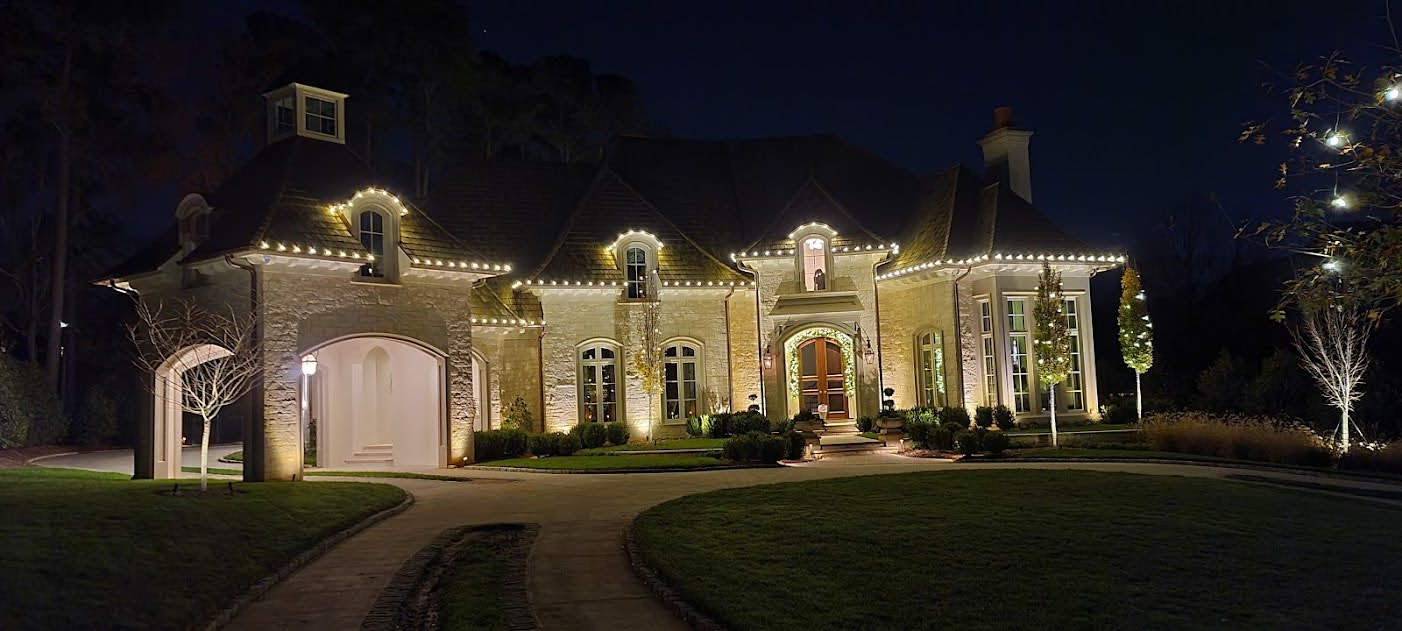
Q6: How do I survive slow seasons without losing my team or going broke?
A: Develop commercial relationships during busy seasons that provide steady work during slower periods. Commercial contracts have longer sales cycles but offer more predictable revenue and higher-value projects. Join trade organizations, attend industry events, and target property management companies that need ongoing maintenance. Build customer databases for text and email campaigns promoting seasonal services to existing clients who already trust your work. Consider complementary services like deck cleaning during slow periods, but choose additions that leverage existing skills and equipment without creating operational complexity that reduces profitability.
Q7: I'm afraid to raise my prices because I think customers won't pay. How do I overcome this mindset?
A: Price resistance often reflects poor positioning or value communication rather than actual market limitations. Many service business owners significantly undervalue their services due to limiting beliefs about what their market can support. Test higher pricing levels systematically—you'll often be surprised by customer acceptance of premium rates. Premium pricing requires confidence and clear value articulation. When you can demonstrate superior results, reliability, or service quality, customers often prefer paying more for certainty rather than gambling on lower-priced alternatives. Remember: if you don't ask for higher prices, you'll never receive them.
Q8: Should I focus on residential or commercial work, and what are the key differences?
A: Both have advantages, but commercial work provides more stability during slow seasons. Residential work offers quicker sales cycles and immediate cash flow, while commercial contracts involve longer sales cycles but provide predictable revenue streams and higher-value projects. The ideal approach is running residential work for immediate cash flow while building commercial relationships for seasonal stability. Commercial requires different skills—relationship building, professional presentations, and understanding of longer approval processes. Many successful businesses run mixed models: more residential during peak seasons and shift to commercial during slower periods to maintain steady revenue.
Q9: I spend a lot of time planning and researching strategies but don't see results. What am I missing?
A: The gap between business knowledge and results is implementation. Many entrepreneurs spend excessive time researching perfect strategies while neglecting basic actions that drive actual results. Success comes from consistent daily execution of proven fundamentals rather than sporadic implementation of sophisticated strategies. Focus on activities that directly generate revenue: placing yard signs, making follow-up calls, posting social media content, and contacting prospects. The fear of rejection or failure prevents necessary actions, but these fears are usually unfounded, and regret from inaction typically exceeds temporary discomfort from imperfect action. Choose 2-3 strategies and execute them consistently rather than trying everything simultaneously.
Q10: How do I build systems that allow my business to operate without me constantly being involved?
A: Document all processes, from customer acquisition and service delivery to quality control and financial management. Create step-by-step procedures that others can follow without your direct involvement. Train team members effectively and establish accountability mechanisms that maintain quality standards without micromanagement. Many service business owners become trapped in daily operations because they haven't invested time in creating systems others can follow. Start by documenting your most critical processes, then gradually train others to handle routine decisions and operations. This requires initial time investment but provides the foundation for sustainable scaling and eventually allows you to focus on strategic growth rather than daily operations.
Copyright ©2025 All Right Reserved website designed by christmaslights.io
Terms of Service / Privacy Policy
Have questions or need assistance?
Contact us at (855)619-LITE



